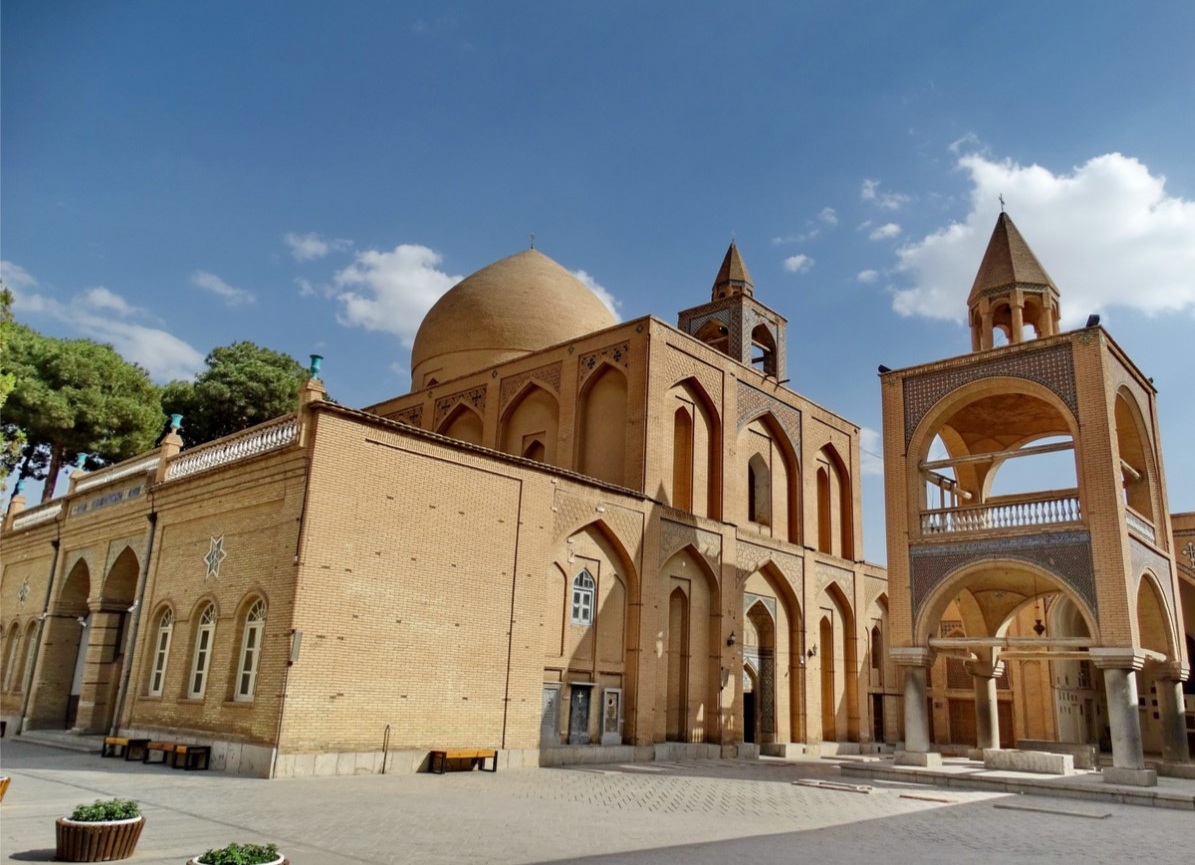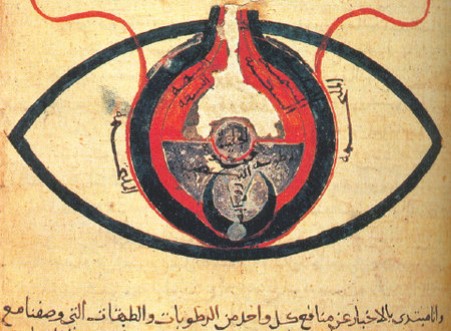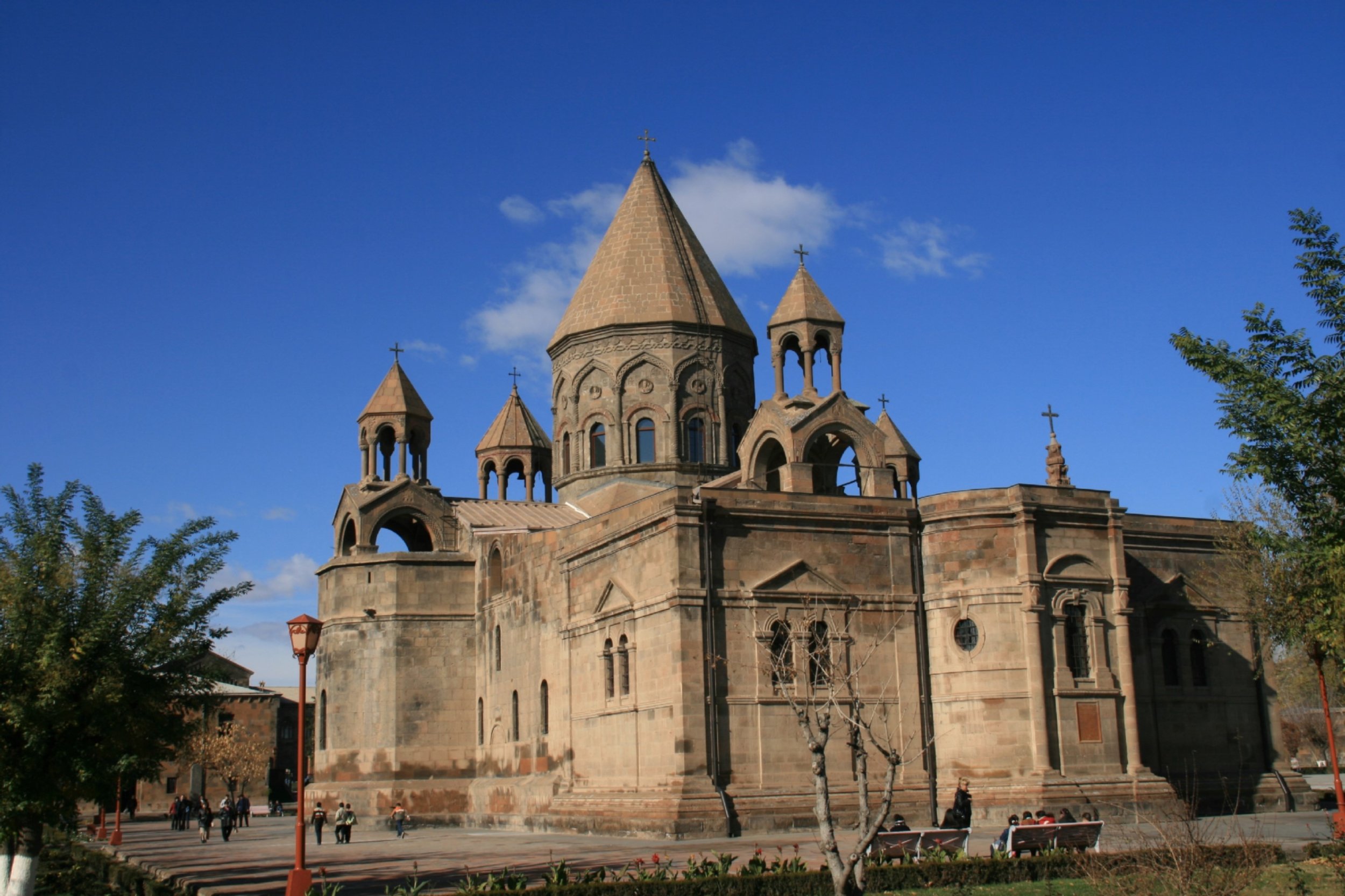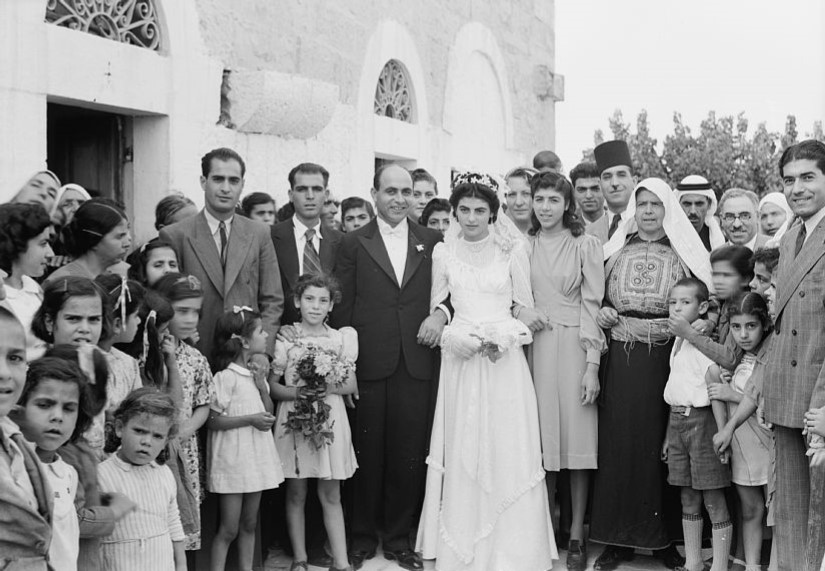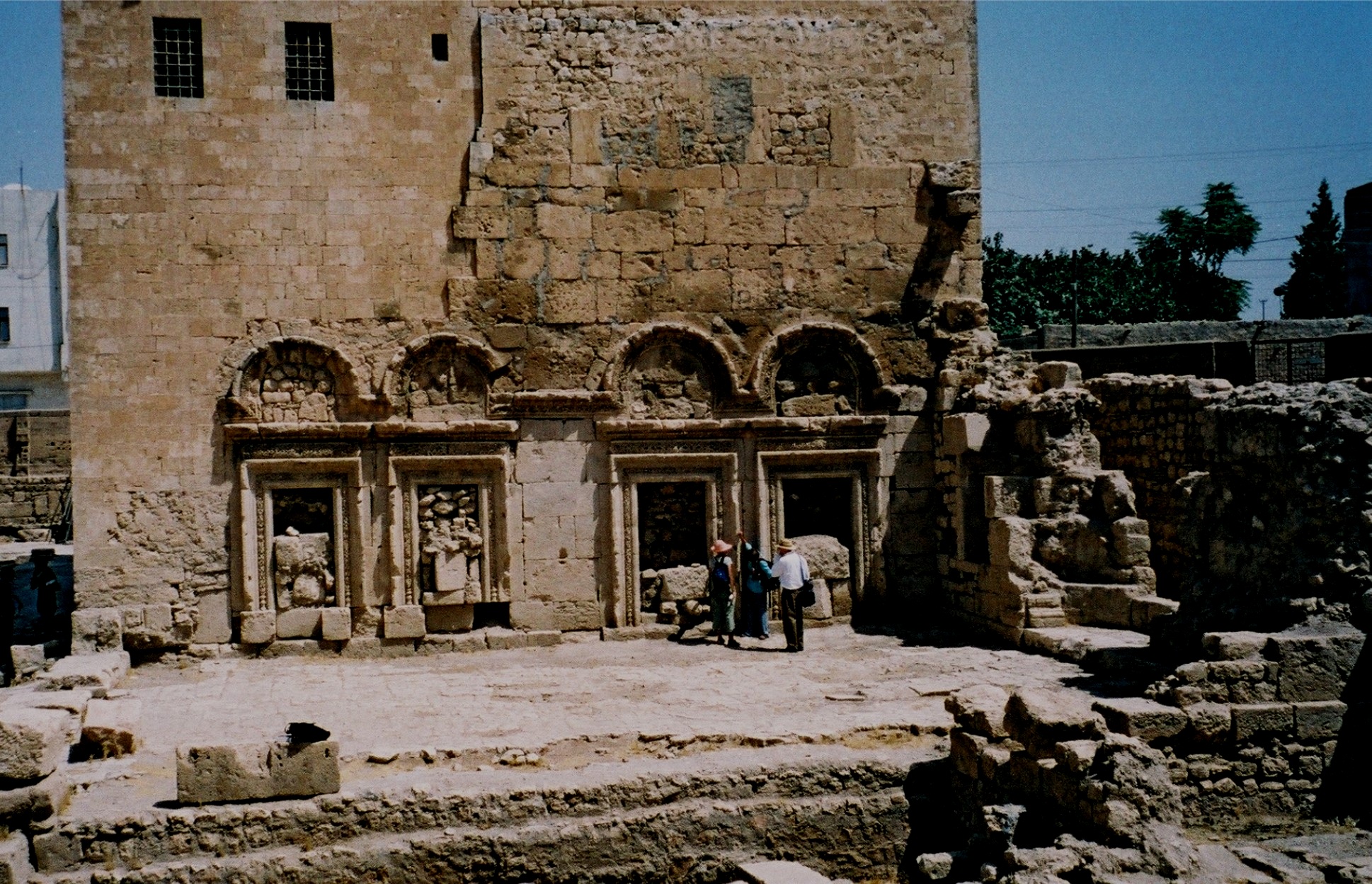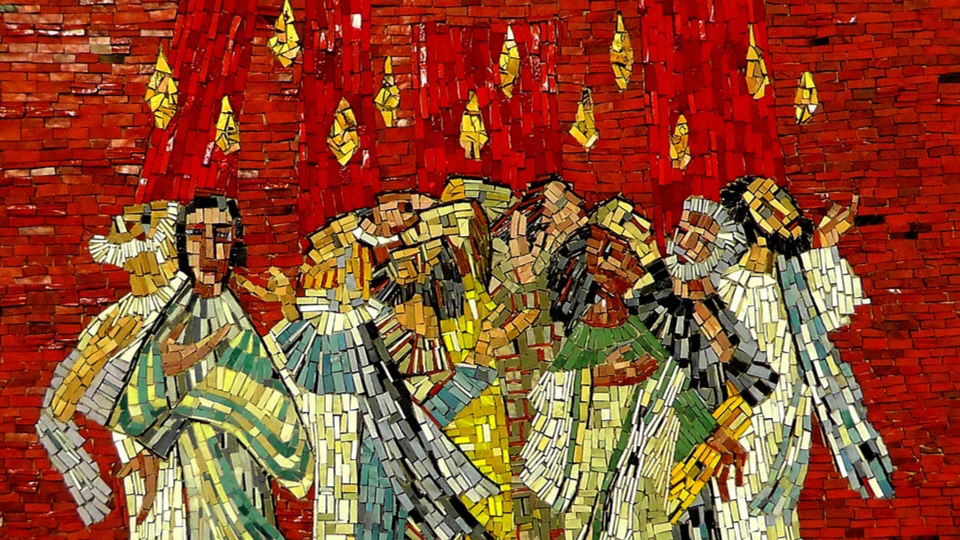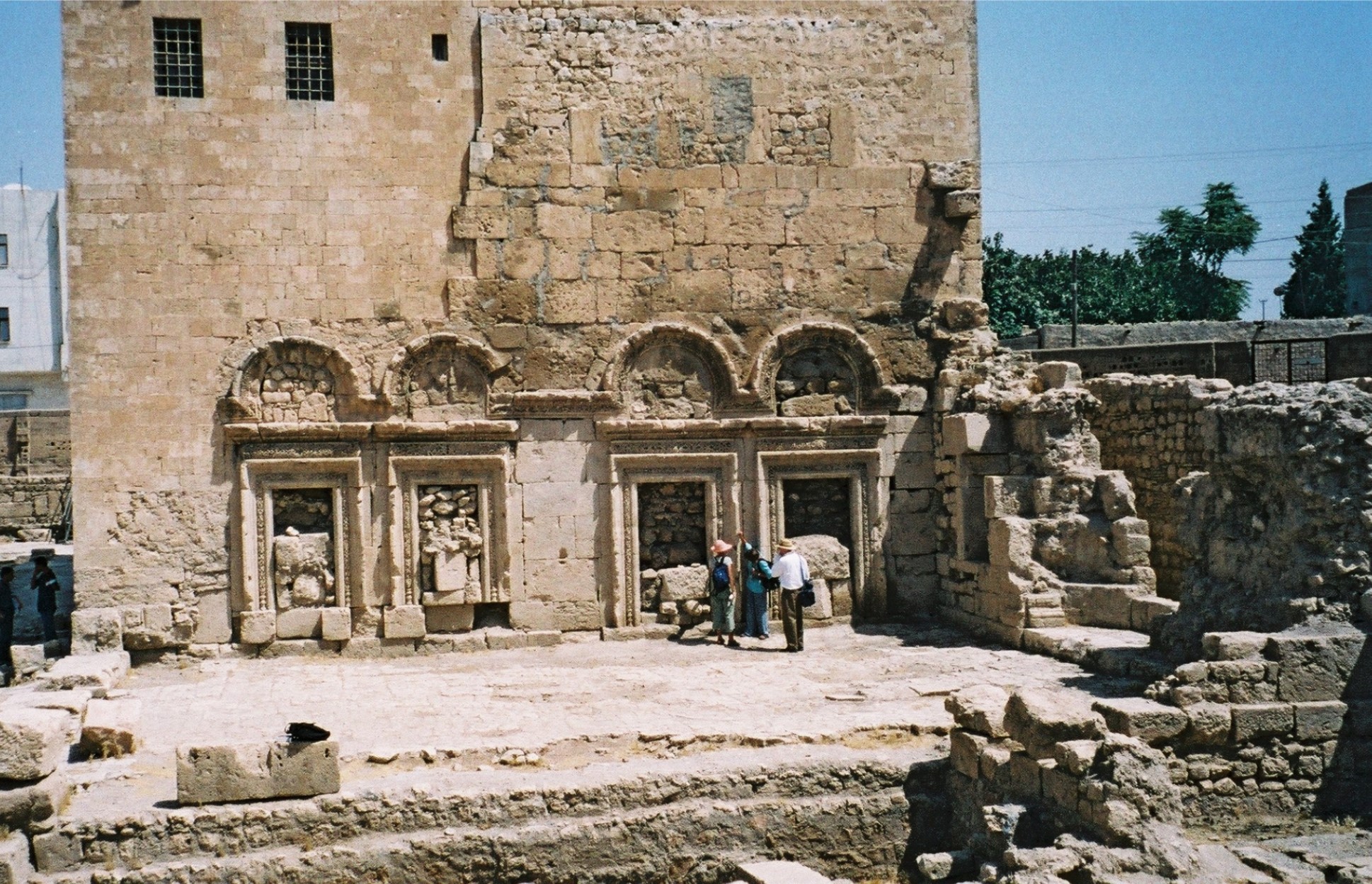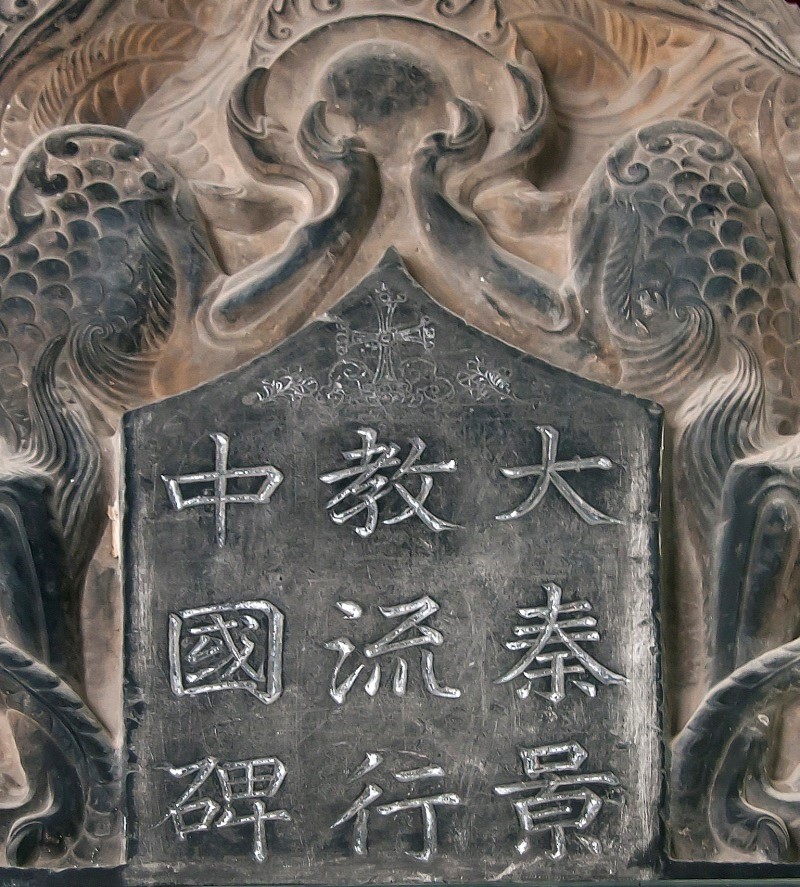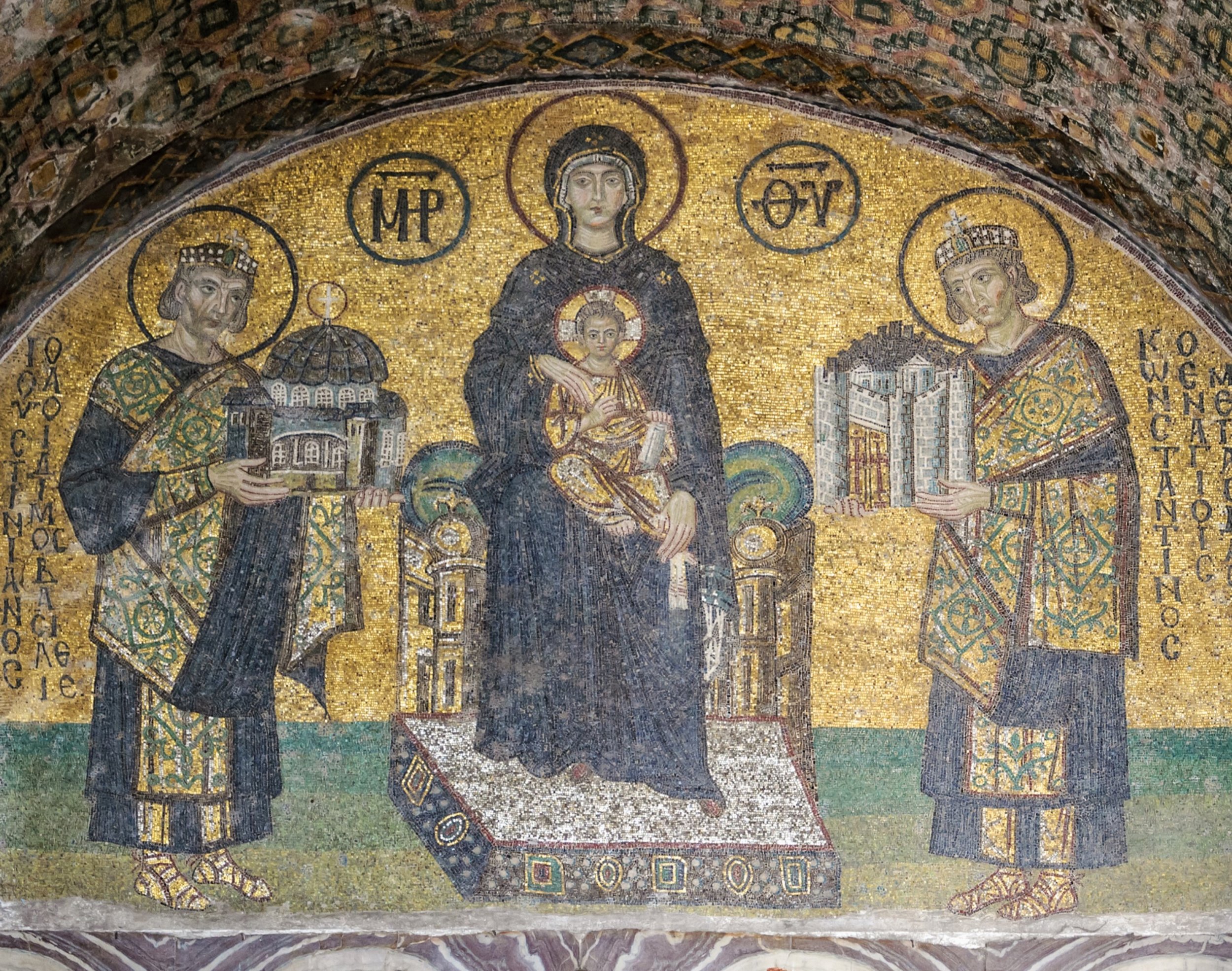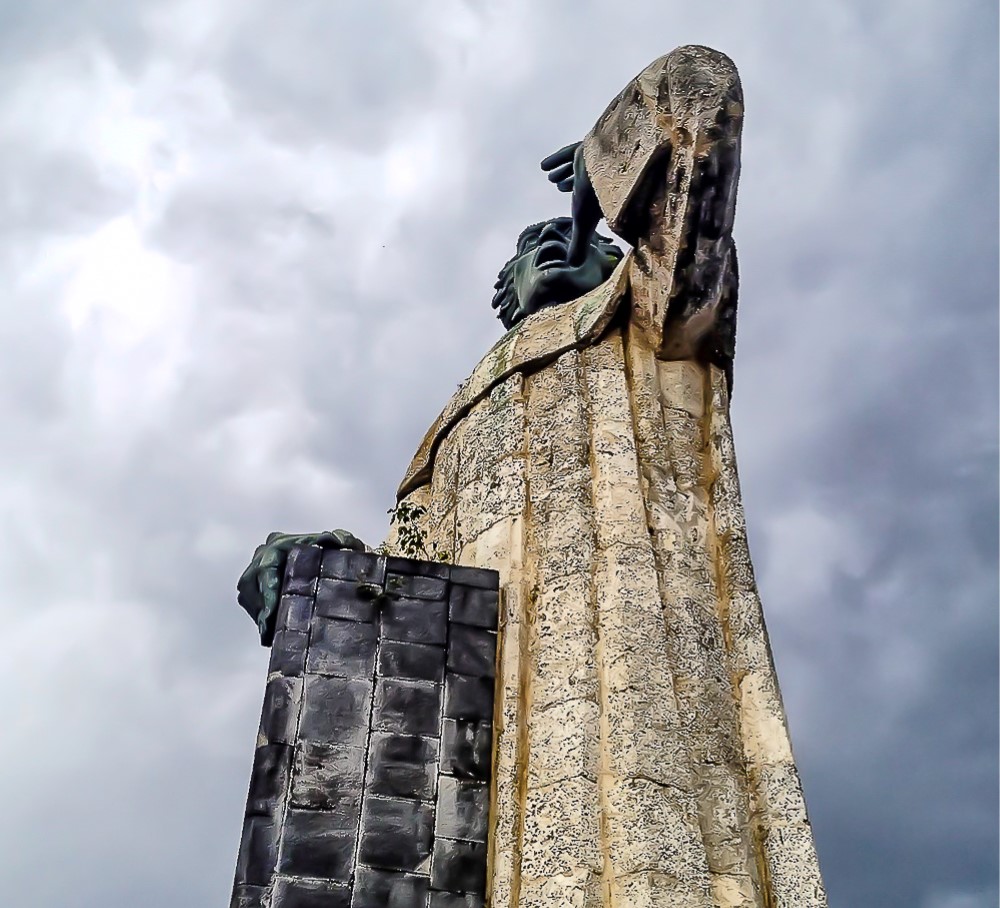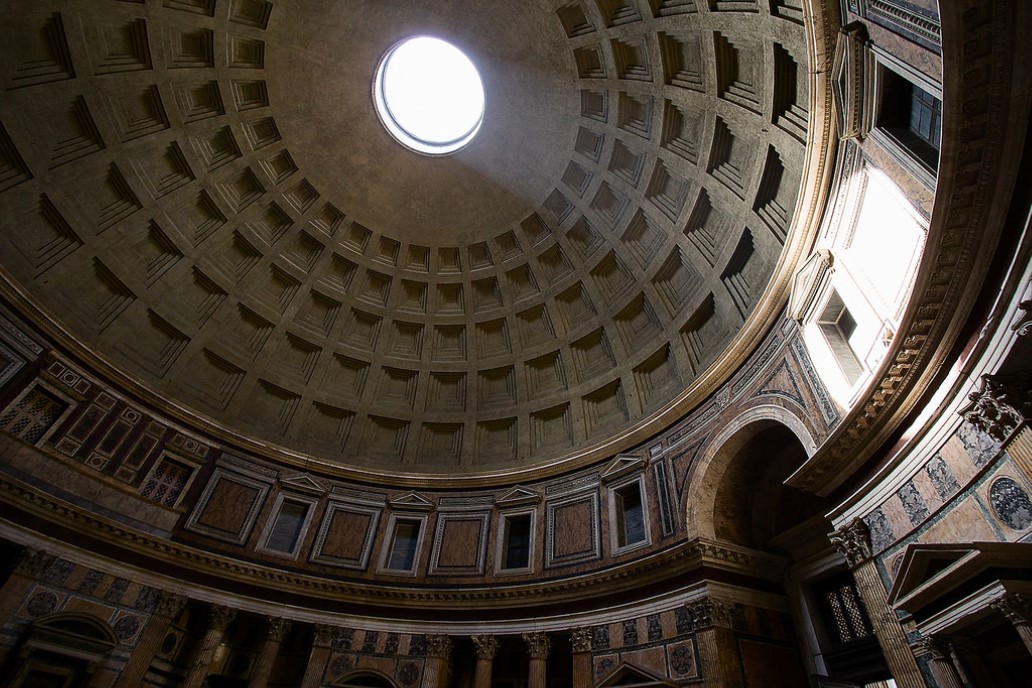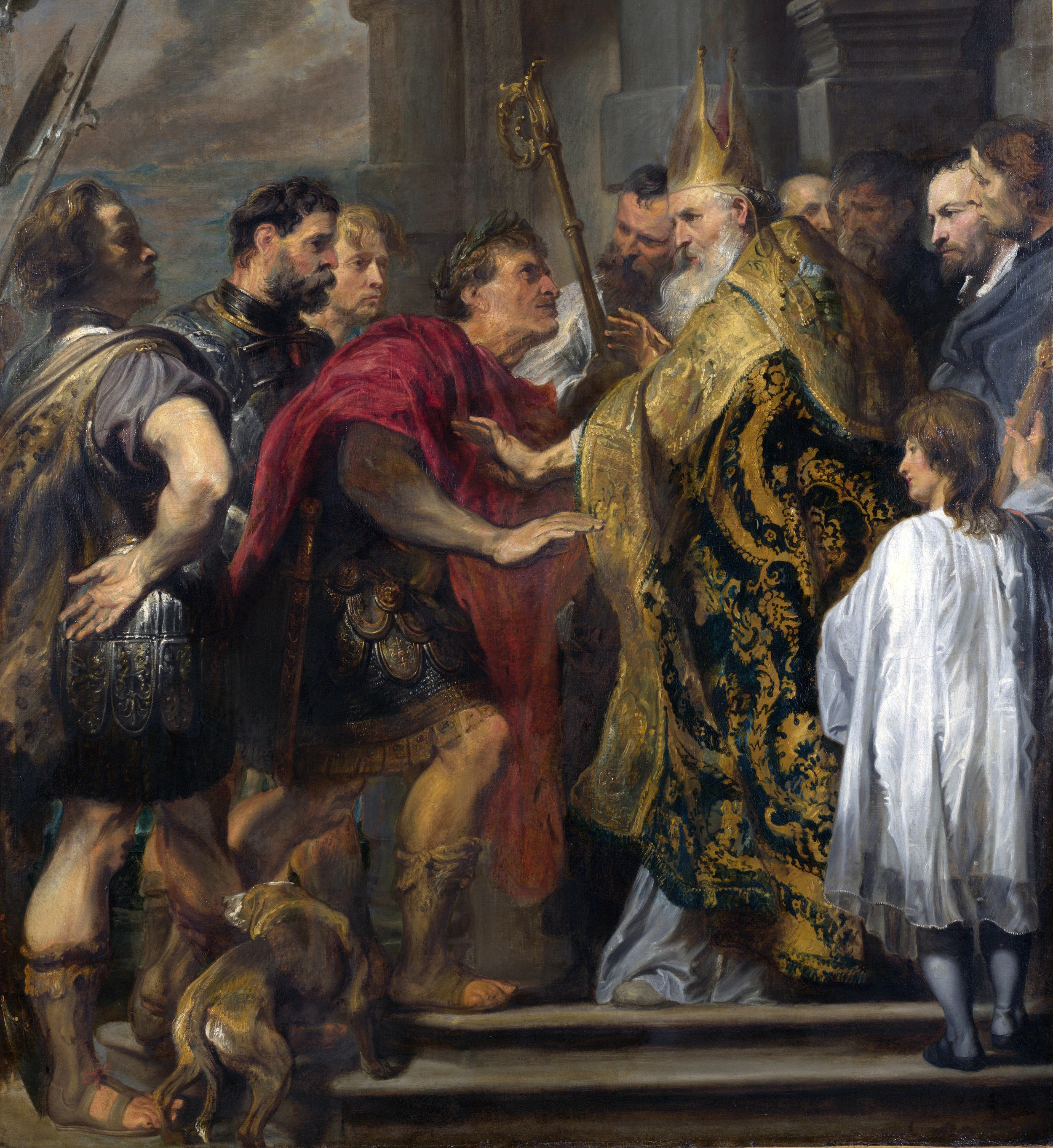The Church Under the Turkish Empires
Photograph: Etchimiadzin Cathedral, considered by scholars to be the oldest cathedral in the world and the first in ancient Armenia. Photo credit: Z Galstyan | Public Domain, Wikimedia Commons. According to tradition, the original Etchimiadzin Cathedral was built in 301 - 303 AD by King Tiridates III, who reigned from 287 - 330. He persecuted Christians but was miraculously cured of a strange condition by Gregory the Illuminator. In 301, he became a Christian and proclaimed that Christianity would be the official state religion of Armenia. This made Armenia the first state to adopt Christian faith as its official religion. He converted a pagan temple to Etchimiadzin Cathedral.
Introduction
The selection of perspectives on church history in this section — Church and Empire — has been guided by three factors: (1) to demonstrate that Christianity has not been a “white man’s religion”; (2) the study of empire as a recurring motif in Scripture by recent biblical studies scholars; and (3) explorations of biblical Christian ethics on issues of power and polity, to understand how Christians were faithful to Christ or not. Christian relational ethics continues a Christian theological anthropology that began with reflection on the human nature of Jesus, and the human experience of biblical Israel.
This page explores the experience and activities of Christians under various Turkic regimes.
Other Resources on the Church Under the Turkish Empires
The Church of the East 431 AD resources exploring the Syriac-speaking church that is sometimes seen through the lens of Nestorius, a characterization which has been recently challenged
The Oriental Orthodox Church 451 AD resources exploring the churches which upheld the Miaphysite language of Jesus’ one “physis” while the pro-Chalcedonian Churches (Constantinople and Rome) upheld two “physeis.” The selections below are guided by the attempt to understand the schism that occurred at the Council of Chalcedon in 451 AD. This includes the Egyptian Coptic, Armenian, Syrian, Ethiopian, Eritrean, and Indian Malankaran Churches.
Wikipedia, Assyrian Genocide (Wikipedia) by Ottoman Empire in 1915 against Assyrians, mostly Christians
Wikipedia, Pontic Genocide (Wikipedia) by Ottoman Empire in 1915 against Pontic Greeks, mostly Christians
Wikipedia, Armenian Genocide (Wikipedia) by Ottoman Empire in 1915 against Armenians, mostly Christians
Wikipedia, Phyletism (Wikipedia) about the Eastern Orthodox Synod of 1872 which condemned as a heresy the idea that an autocephalous church should be based on an ethnicity, nationality, or language. This Synod condemned the idea that the church is associated with the identity or destiny of a single nation or a single race.
Wikipedia, David Gareja Monastery (Wikipedia article), World Heritage Commission, David Gareja Monastery and Hermitage (World Heritage Commission) and Wikipedia, Thirteen Assyrian Fathers of Georgia(Wikipedia article) highlighting early Christianity in Georgia, which was later taken over by the Mongol Empire, Ottoman Empire, and later Russia.
Abel Abrahamian, The Church and Faith in Armenia. The Faith Press | Archive page, 1920. See especially chapter 6, “The Role of the Armenian Church in the Near East,” and chapter 7, “The Exertions of the Armenian Church on Behalf of the Liberation of Armenia.”
Steven Runciman, The Great Church in Captivity: A Study of the Patriarchate of Constantinople from the Eve of the Turkish Conquest to the Greek War of Independence. Cambridge University Press | Amazon book, 1968. writes of one moment in the Greek Orthodox tradition faced by every Christian people with a sense of cultural pride:
"The Megali Idea, the Great Idea of the Greeks, can be traced back to days before the Turkish conquest. It was the idea of the Imperial destiny of the Greek people. Michael VIII Palaeologus expressed it in the speech that he made when he heard that his troops had recaptured Constantinople from the Latins; though he called the Greeks the Romaioi. In later Palaeologan times the word Hellene reappeared, but with the conscious intention of connecting Byzantine imperialism with the culture and traditions of ancient Greece. With the spread of the Renaissance a respect for the old Greek civilization had become general. It was natural that the Greeks, in the midst of their political disasters, should wish to benefit from it. They might be slaves now to the Turks, but they were of the great race that had civilized Europe. It must be their destiny to rise again. The Phanariots tried to combine the nationalistic force of Hellenism in a passionate if illogical alliance with the oecumenical traditions of Byzantium and the Orthodox Church. They worked for a restored Byzantium, a New Rome that should be Greek, a new centre of Greek civilization that should embrace the Orthodox world. The spirit behind the Great Idea was a mixture of neo-Byzantinism and an acute sense of race. But, with the trend of the modern world the nationalism began to dominate the oecumenicity. George Scholarius Gennadius had, perhaps unconsciously, foreseen the danger when he answered a question about his nationality by saying that he would not call himself a Hellene though he was a Hellene by race, nor a Byzantine though he had been born at Byzantium, but, rather, a Christian, that is, an Orthodox. For, if the Orthodox Church was to retain its spiritual force, it must remain oecumenical. It must not become a purely Greek Church." (p.378 - 379)
Samuel Hugh Moffett, A History of Christianity in Asia, Volume 1. Orbis Books | Amazon book, Apr 1998. and Volume 2. Orbis Books | Amazon book, Mar 2005.
Rev. Archimandrite Nektarios Serfes and Father Raphael Moore, In Memory Of The 50 Million Victims Of The Orthodox Christian Holocaust. Serfes.org, Oct 1999.
“During 1894-1923 the Ottoman Empire conducted a policy of Genocide of the Christian population living within its extensive territory. The Sultan, Abdul Hamid, first put forth an official governmental policy of genocide against the Armenians of the Ottoman Empire in 1894.”
Philip Jenkins, The Lost History of Christianity: The Thousand-Year Golden Age of the Church in the Middle East, Africa, and Asia-and How It Died. HarperOne | Amazon book, Nov 3, 2009.
Aziz Atiya, History of Eastern Christianity. Gorgias Press | Amazon book, Jan 1, 2010. written by a Coptic Christian, surveys Copts and Ethiopians, along with other Oriental Orthodox Churches in Asia: Syrians, Nestorians, Armenians, and Indians.
Tara Isabella Burton, Syrian Christians Flee Violence for Ancient Homeland. National Geographic, Dec 29, 2014. An excellent history and pictures of Syrian Christianity in Turkey.
George Richards, Fleeing ISIS Into Exile, Syriac Christians Sing the Oldest Music on Earth. Newsweek, Apr 16, 2015.
Jean-Clement Jeanbart, The Slow Death of Syrian Christianity. Horizon Weekly, Jun 18, 2015.
Andrew Doran, When Christianities Collide: Persecuted Churches of the East Need Dialogue With the West. The American Conservative, Jun 9, 2016.
Joseph Yacoub, Year of the Sword: The Assyrian Christian Genocide, A History. Oxford University Press | Amazon book, Nov 2016. While “the Armenian genocide of 1915 has been well documented, much less known is the Turkish genocide of the Assyrian, Chaldean and Syriac peoples, which occurred simultaneously in their ancient homelands in and around ancient Mesopotamia - now Turkey, Iran and Iraq.”
Khaled Dinno, Syrian Orthodox Christians in the Late Ottoman Period and Beyond: Crisis Then Revival. Gorgias Press | Amazon book, Mar 17, 2017.
B. Theodore Bozonelis, The Systematic Persecution of Religious Minorities in Turkey. Public Orthodoxy, Feb 9, 2018. Begins with the status of the Ecumenical Patriarch in Istanbul.
Jonathan Gorvett, Turkey's Outreach Hints at Ottoman Revival. Asia Times, Feb 18, 2018. See also Michael Colborne and Maxim Edwards, Erdogan is Making the Ottoman Empire Great Again. Foreign Policy, Jun 22, 2018. See also Wikipedia, Neo-Ottomanism (Wikipedia article) has a helpful summary and list of resources about the consciousness of the former Ottoman Empire in modern Turkey.
Fariba Nawa, Iranians Are Converting to Evangelical Christianity in Turkey. NPR, Dec 14, 2018.
David Brennan, Lindsay Graham Blasted for Blocking Armenian Genocide Resolution: ‘What is Wrong With This Man’. Newsweek, Nov 14, 2019. perhaps exemplary of white American evangelicals undervaluing Armenian Christians and other non-white Christians.
The Church in the Middle East: Topics:
This page is part of our section of Church and Empire which explores the experience and activities of Christians under various regimes in the Middle East: Persian, Arab, Turkish, and the State of Israel.
Church and Empire: Topics:
This page is part of our section on Church and Empire. These resources begin with a biblical exposition of Empire in Church and Empire and the meaning of Pentecost in Pentecost as Paradigm for Christianity and Cultures, then grouped by region: Middle East, Asia, Africa, Europe, Americas, then Nation-State, with special attention given to The Shoah of Nazi Germany.

